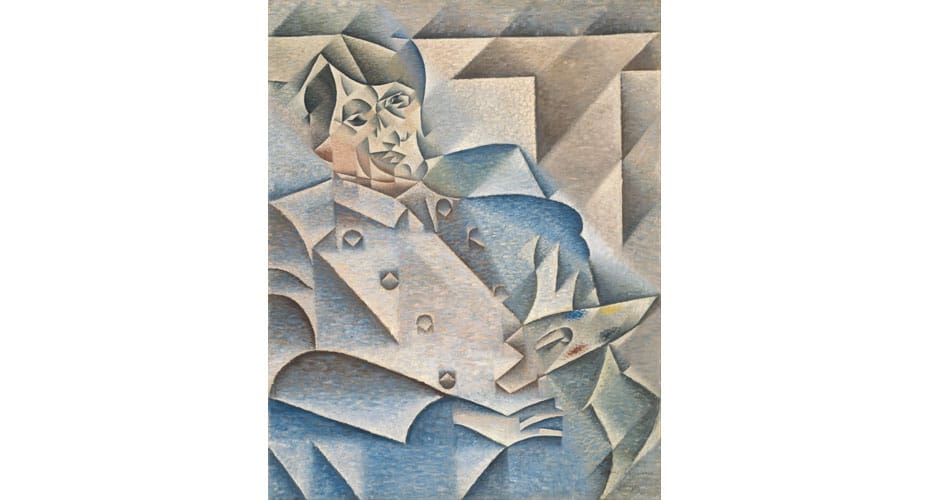There’s an unlikely revolution taking place at the moment — we could call it the ‘quiet revolution,’ to paraphrase Susan Cain’s bestseller — which is, at long last, standing up for the rights of the ultra-introverted. And it’s no ordinary sort of protest: for example, you won’t see these individuals taking to the streets, making a fuss, because the whole point of being an introvert is having an almost pathological dislike of group activities with strangers. In fact the only thing they hate more is conflict of any kind, which they’re always desperate to avoid. Samuel Johnson is reputed to have said that “patriotism is the last refuge of a scoundrel,” but for the introvert, the last refuge is usually the bathroom, since he or she draws a special sense of solace from solitary confinement in small cubicles — especially when the lock’s on the inside.
This is a new revolution, and one that’s close to my heart, because I can also proudly say that I am 100 percent introvert. Well, OK, I’m much more likely to be listening while someone else gets up and says it, but the sentiment is real enough. Suddenly the core of who I am – the authentic me who’s reflective and modest, who prefers deep discussion to trivial small-talk, and who spends the better part of each day inside the virtual realities of my personal head space – is being validated and championed.
It’s a good time, then, to be an introvert. Yet there’s a caveat attached, because many of the writers leading this campaign are equally adamant that being introvert is not the same as being shy. Shyness, they declare, is a manifestation of fear: primarily of social judgement. Introversion, on the other hand, is simply a preference for a peaceful environment. So if you’re a painfully shy introvert – which I count myself to be — there’s apparently no escape from the incurable form of psychic disturbance that we’ve been saddled with. Oh dear … and I was beginning to feel so much better about myself.
Of course I’d be the first to admit that shyness is problematic. As artists we can enjoy the benefit of solitary working, which tends to be our ideal space — even Picasso, one of the world’s great egotists, extolled the virtues of solitude — but sooner or later, we’re going to have to shed that cloak of invisibility and get out there. Whether it’s contacting a gallery owner, or attending the preview of our own show, a retreat to the nearest bathroom just isn’t an option. However, there are four strategies we can adopt to minimize the discomfort, which I’d like to share:
1. Smile. Smiling is infectious. Try it: give total strangers a bright smile, crinkle your eyes and the chances are, they’ll beam straight back at you. It’s a natural reflex, and the best possible icebreaker at your disposal.
2. Ask questions. A common aspect of shyness is worrying about the impression we make on others – which can make us nervous to the point of either clamming up or gabbling away ten to the dozen. But it’s useful to remember that many people will respond positively if you show a genuine interest in them; so switch the focus to their thoughts and perspectives.
3. Accept praise. You’re self-critical and modest; it’s in your nature. However, downplaying your work is never a good idea — so if someone praises it, say words to the effect of: “I’m my own harshest critic, so it’s always really pleasing when a person likes what I do.”
4. Stay true to yourself. This aphoristic rule overrides each and every other one.
Rupert is a professional artist from England. See his work www.rupert-ba.com.




